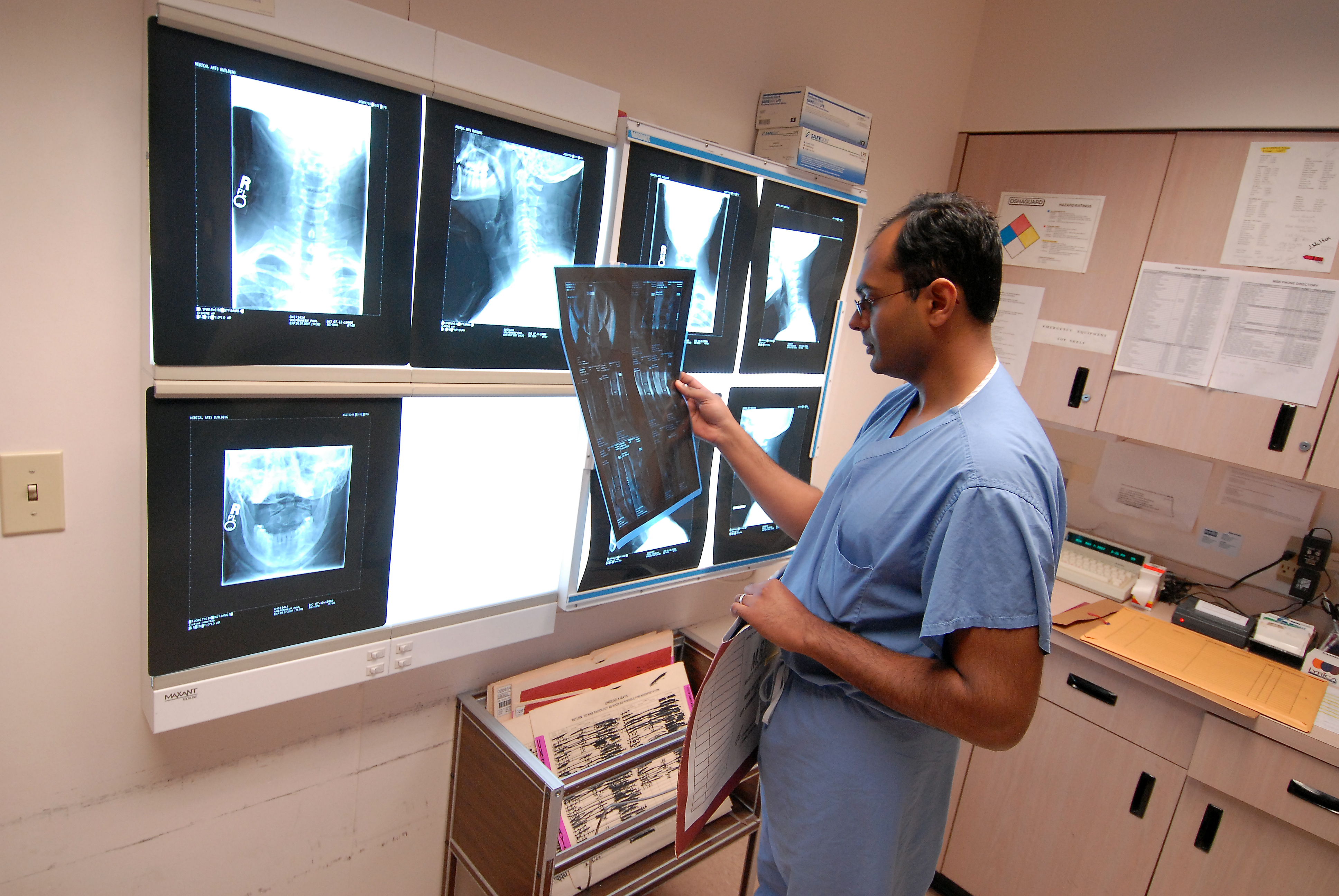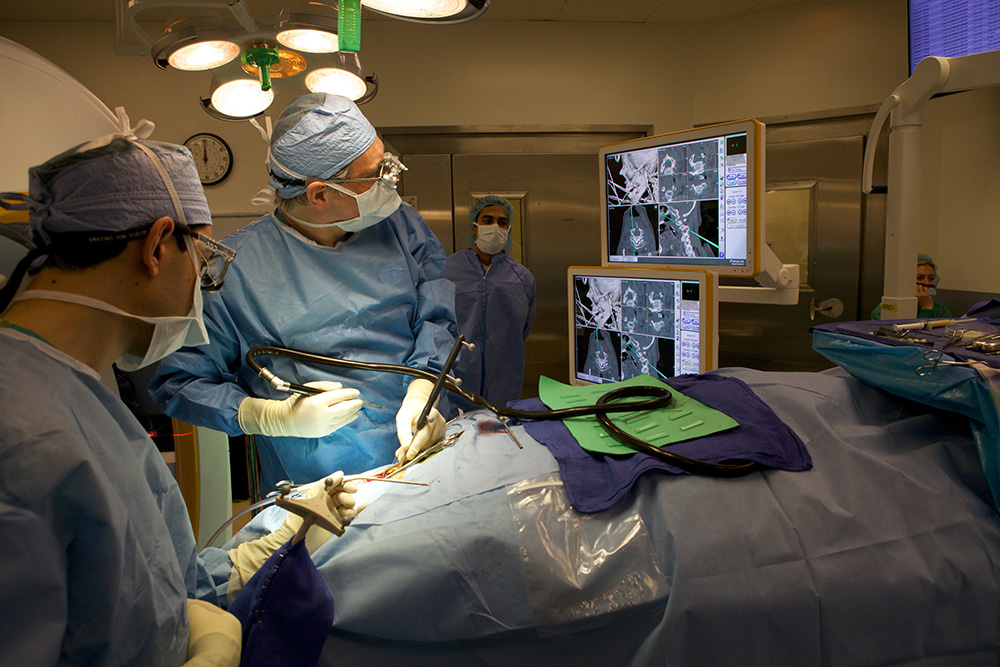What Spine Issues Typically Bring About Surgical Treatments for Relief?
Back issues that necessitate surgical treatment typically arise when traditional treatment alternatives fail to give sufficient remedy for consistent discomfort and functional impairment. Conditions such as herniated discs, spine constriction, and degenerative disc condition frequently cause surgeries aimed at recovering and alleviating signs wheelchair. Recognizing the specific indicators for surgical procedure and the sorts of interventions offered is critical for both patients and healthcare suppliers. As we discover the intricacies surrounding these spine issues, it ends up being obvious that the choice to seek medical alternatives is multifaceted and warrants careful consideration.

Herniated Discs
Herniated discs are an usual spine condition that regularly causes surgical treatment when conservative therapies stop working. This condition takes place when the soft inner gel of a back disc protrudes via a tear in the tougher external layer, potentially pressing nearby nerves. Signs and symptoms typically consist of localized discomfort, radiating pain in the limbs, and neurological shortages such as prickling or weakness.

Surgical treatment intends to alleviate pain and bring back feature by getting rid of the herniated portion of the disc or stabilizing the impacted spine sector. While several people experience considerable enhancement adhering to surgical treatment, it is essential to evaluate the advantages and threats in appointment with a qualified spine specialist. Ultimately, timely intervention is important to stop further problems and enhance lifestyle for people experiencing from this incapacitating problem.
Spine Stenosis
Experiencing spinal stenosis can considerably affect an individual's movement and lifestyle. This condition takes place when the back canal tightens, putting pressure on the spinal cable and nerves. Generally seen in the lumbar (reduced back) and cervical (neck) areas, spine stenosis often arises from degenerative changes connected with aging, such as arthritis, disc herniation, or thickening of tendons.
Signs of spine stenosis can differ, however they typically include discomfort, tingling, tingling, and weak point in the extremities. These signs may get worse with task or extended standing and frequently boost with remainder. In severe cases, people may experience difficulties with equilibrium and coordination, leading to an enhanced danger of falls.
When traditional treatments, such as physical treatment, medicines, and lifestyle alterations, stop working to alleviate signs, surgical treatment may be taken into consideration. Procedures like laminectomy or back fusion purpose to decompress the damaged nerves and stabilize the back. Early diagnosis and therapy are essential in handling spine constriction successfully and protecting movement, inevitably enhancing the person's overall top quality of life.
Spondylolisthesis
Spondylolisthesis occurs when one vertebra slips onward over the one below it, potentially bring about spine instability and nerve compression. This condition can develop from various aspects, consisting of congenital flaws, degenerative adjustments, trauma, or repeated stress and anxiety injuries. Symptoms commonly consist of lower neck and back pain, rigidity, and emitting pain in the legs, which can substantially influence day-to-day activities and overall lifestyle.
Medical diagnosis generally includes a thorough medical examination, imaging researches such as X-rays or MRI, and Recommended Reading assessment of neurological function. The degree of slippage is categorized into qualities, with greater qualities showing extra extreme displacement and a higher probability of medical treatment.

Early diagnosis and appropriate management are vital in protecting against further problems and improving person end results. As spondylolisthesis can bring about chronic pain and handicap, timely intervention is crucial for bring back spinal wellness.
Degenerative Disc Illness
Degenerative Disc Disease (DDD) is a problem characterized by the steady degeneration of the intervertebral discs, which function as critical shock absorbers between the vertebrae of the back. As these discs lose hydration and flexibility in time, they become less reliable at cushioning the vertebrae, bring about boosted rubbing and anxiety on the spinal structures.
Patients with DDD commonly experience symptoms such as persistent pain in the back, tightness, and lowered wheelchair (best spine surgeons in st louis mo). The problem can likewise cause nerve compression if the degenerated discs lump or herniate, resulting in radicular pain, weakness, or feeling numb in the limbs
Medical diagnosis generally entails a mix of physical exams, imaging researches like MRI or CT scans, and client history to assess the seriousness of disc deterioration and its effect on daily activities. Therapy alternatives range from conventional procedures, consisting of physical treatment and pain administration, to even more intrusive treatments when traditional measures stop working. Surgical treatments, such as spine blend or artificial disc replacement, may be suggested for individuals with substantial discomfort and useful problems. Overall, early intervention and tailored management techniques are vital for alleviating the results of DDD and boosting person end results.
Spine Growths
Back lumps, which can be malignant or benign, stand for one more substantial source of spinal problems that may demand medical intervention (best spine surgeons in st louis mo). These growths can originate within the back (main tumors) or technique from other components of the body (secondary lumps) Their existence can lead to different symptoms, consisting of localized discomfort, neurological deficits, and modifications in mobility
Surgical therapy for back tumors often aims to alleviate signs by removing the growth, stabilizing the spinal column, and dealing with any kind of compressive effects on the spine or nerves. Indications for surgical procedure generally consist of substantial pain not receptive to traditional treatments, or check my blog neurological disability resulting from the growth's development.

It is essential for people providing with signs symptomatic of back tumors to undergo extensive analysis analyses, consisting of imaging studies and biopsies, to determine the suitable program of action (best spine surgeons in st louis mo). Early detection and intervention can substantially boost person end results and top quality of life
Verdict
In recap, numerous back concerns, consisting of herniated discs, back constriction, spondylolisthesis, degenerative disc condition, and spine growths, commonly demand medical intervention when conventional treatments fail to provide alleviation. These problems cause considerable pain and functional impairment, motivating the factor to consider of treatments such as discectomy, spine fusion, and laminectomy. Ultimately, medical choices objective to relieve discomfort, enhance flexibility, and recover high quality of life for individuals affected by these debilitating back conditions.
Conditions such as herniated discs, back constriction, and degenerative disc illness frequently lead to medical procedures intended at easing signs and restoring mobility.Herniated discs are an usual spine problem that often leads to surgical treatment when conservative therapies fail. Surgical treatments, such as spine blend or man-made disc replacement, might be indicated for individuals with significant discomfort and functional disability.Spinal growths, which can pop over to this web-site be deadly or benign, represent one more substantial cause of back conditions that might necessitate surgical treatment.In summary, different spine problems, including herniated discs, spine constriction, spondylolisthesis, degenerative disc illness, and spinal growths, often necessitate surgical treatment when conventional treatments fall short to provide relief.